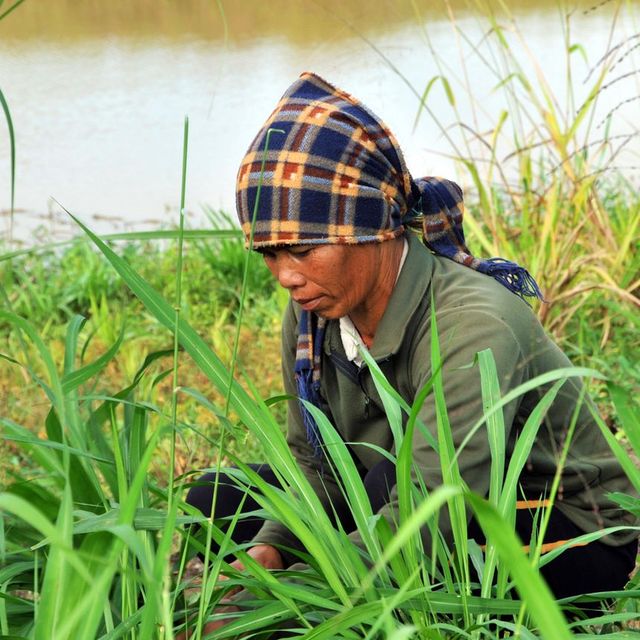
Hidden Indochina
Vietnam, Cambodia, Laos
Culture
Capture the true essence and diversity of Indochina
£4,195 pp
This is the per person group tour price, based on 2 sharing. The price is subject to change with exchange rate and flight cost fluctuations.
21 days